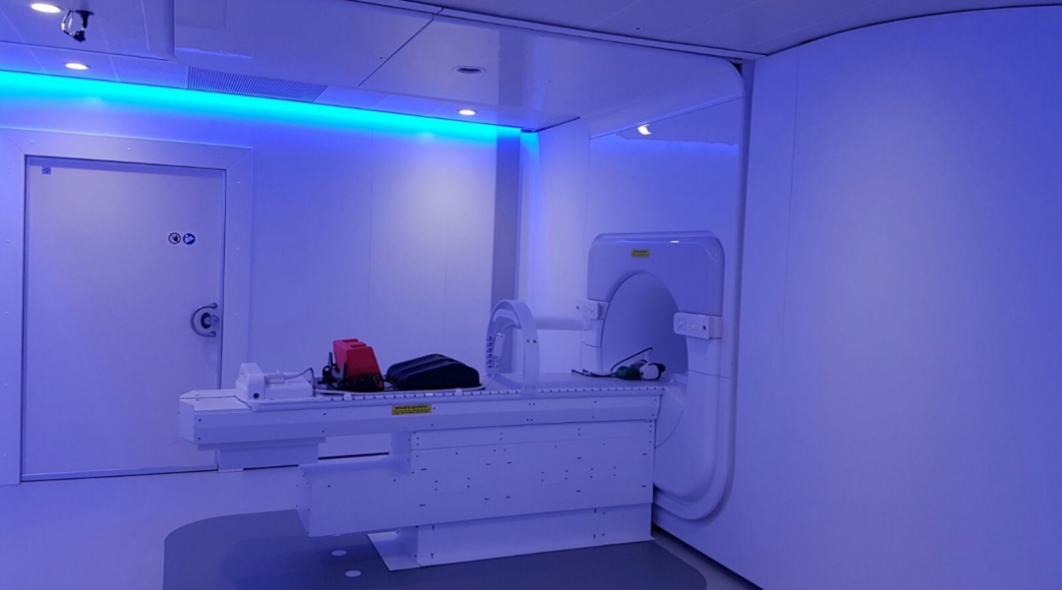The Magnetic Resonance Linear Accelerator (MR-Linac) machine, the first in the UK, is housed in a purpose-built suite opened by London mayor Sadiq Khan last November at the Institute of Cancer Research (ICR)’s facility at the west London hospital. The Royal Marsden is a world-leading centre for cancer treatment, and the machine, which will begin treating patients this month, will allow clinicians to target tumours with X-ray radiotherapy with unprecedented accuracy.

MR-Linac combines real-time, moving magnetic resonance imaging with radiotherapy delivery, with a 1.5 Tesla MRI machine and linear accelerators generating X-rays. This allows radiotherapists to watch how X-rays are impinging on the tumour as therapy is delivered.
This is an important innovation, because it allows beam targeting to take account of movement. Internal tumours can move around — albeit generally only by small amounts — under the influence of processes like respiration and the involuntary peristaltic muscular movements of the gastrointestinal system, and the ability to monitor this in real time allows X-rays to be delivered to precisely the right locations. If the tumour margins move out of the path of the converging X-ray beams used to deliver the correct dosage of radiation, they can be stopped, reshaped or repositioned. This minimises the amount of potentially harmful radiation delivered to healthy tissue around the tumour, reducing side-effects and maximising the effectiveness of the treatment.
The first scan was carried out on the Evening Standard’s Health Editor, Ross Lydall, who volunteered to joint the Royal Marsden and ICR’s PRIMER study. This series of scans on healthy volunteers will be used to determine the best way to use the MR-Linac’s imaging capabilities to design and plan treatment.
“Although a patient may lie perfectly still, the inside of their body, including the tumour, may move and even change shape. Changes of a few millimetres might not seem a lot but it is significant when you’re aiming to be as accurate as possible,” explained Prof Robert Huddart, principle investigator for the PRIMER study. “By seeing the tumour as we aim the radiation at it better, we can be more confident of a direct hit. We should ultimately be able to attack the tumour with a higher dose of radiation each time, meaning we can treat some patients which are currently difficult to treat effectively, and many patients may need fewer doses in total. If our trials are successful, we will be able to deliver a much more effective treatment for cancer patients that will hopefully have fewer side effects.”
The MR-Linac machine was co-developed by physicists at the ICR and the Royal Marsden with a consortium including the Utrecht Medical Centre, Elekta, which built the machine, and MRI partner Philips. The world’s first treatments with MR-Linac, on patients with spinal metastases, were carried out in Utrecht in May of this year. The Royal Marsden installation was funded by a £10m grant from the Medical Research Council to the ICR, supported by the hospital’s cancer charity fund.
The video below explains more about the technique.




Red Bull makes hydrogen fuel cell play with AVL
Formula 1 is an anachronistic anomaly where its only cutting edge is in engine development. The rules prohibit any real innovation and there would be...